Study on the Correlation between Humidity and Material Strains in Separable Micro Humidity Sensor Design
Abstract
:1. Introduction
2. Background Research
2.1. Application of RH/T Sensors in the Construction Industry
2.2. Existing Diagnosis Methods for External Wall Tiles
3. Materials and Methods
3.1. Humidity Sensor
3.2. Strain Gauge
3.3. Experiment Design
- Step 1:
- The angle between the specimen and the ground of the experimental site is adjusted to 90° through a laser level, unified specimen positioning can ensure consistency during the hitting of each specimen.
- Step 2:
- To avoid the hitting position being different before and after, the hitting position is marked on the preset tiles to be hit.
- Step 3:
- To maintain the consistency of collected sound samples, the distance between the directional microphone and the specimen is unified to be 30 cm.
- Step 4:
- The angle between the tapping device and specimen surface is adjusted to be 90°, so that the tapping device is hitting the tiles in a free falling manner, while the directional microphone is used to collect the sound samples.
- Step 5:
- The eigenvalues of sound samples are analyzed using the sound analysis program, WaveSurfer.
4. Results and Discussion
4.1. Feasibility of the Separable RH/TMicro Sensor
4.2. Signal Reception and Transmission
4.3. Influence of Humidity on Tile Deterioration
4.4. Discussion
- (1)
- Study limitations: There were only two specimens in the experiment of this study. The experiment underwent several failures and corrections before it was finally successful. Problems such as signal anomaly, transmission disruption, electronic component damage and insufficient encapsulation protection occurred in the experiment. Due to the constraints in budget and time, the initial successful experiment results are used in the discussion of this study without conducting more experiments. With more human resources and financial resources in the future, more experiments will be needed to provide more data for further analysis.
- (2)
- Signal transmission distance: The back-end wireless transmission module was intentionally embedded in the concrete layer and its effective transmission range was approximately two meters. It is suggested that, in the future application of this separable sensor developed in this study, longer connecting wires between the front-end chip and the back-end wireless transmission module should be used so that the back-end module will be moved outside the concrete structure. When there is no barrier, the transmission range of the module in the air will increase to 100 m at most.
- (3)
- Damage prevention: Damage to the electronic components and wires caused by the strong alkalinity, water, hydration heat, drying shrinkage and compression during the process of cement pouring can result in loss of partial functions or accuracy of the sensor or even disruption of the experiment. Another option is to embed the electronic components and wires after the cement pouring or the cement mortar layer is completed. However, this option is costlier and difficult to implement along with other difficulties with measurement validity, encapsulation sealing and signal transmission. Deployment of electronic sensing devices either before the pouring of cement or after the competition of the building structure has its own problems to overcome. Selection of which option to use must consider the requirements of each case as well as the technological feasibility, economic benefits and ease of maintenance.
- (4)
- Improvement of encapsulation: 3D printing technology was used in this study to provide encapsulation protection for the front-end sensing chip and the back-end wireless transmission module. The internal space of the encapsulation box for the front-end chip was 28 mm × 10 mm × 4.5 mm (1.26 cm3 in volume) with several air holes (Φ = 2 mm~3 mm) on its walls. Even though the encapsulation box for the front-end chip was proven feasible, water or strongly alkaline liquid running through the air holes could still easily damage the chip. To solve this problem, improvements can be made with the adjustment of the air hole (such as changing the shape, size, location and orientation of the air hole) or with the use of innovative air hole screening materials (such as breathable fiber fabrics). In this study, the compression on the encapsulation box was not severe. However, it is research-worthy to design an easy-to-repair encapsulation box in the future.
5. Conclusions and Suggestions
Acknowledgments
Author Contributions
Conflicts of Interest
References
- Tiles Falling from a Building Injured a Child and Brought a Lawsuit against the 12 Households Living in the Building. Available online: https://goo.gl/MmpHRF (accessed on 21 February 2017).
- Tile Showers: Tiles Falling from 67 Buildings in Taiwan during a Cold Front Passage. Available online: https://goo.gl/T5BHuC (accessed on 21 February 2017).
- Tall Buildings Aged ≥ 15 Years or Those with Stone-Based Exterior Walls in Taipei Will Undergo Mandatory Regular Checkups. Available online: https://goo.gl/xGJw5w (accessed on 21 February 2017).
- Chang, C.Y. The Concept and Implements for Building Medicine. Ph.D. Dissertation, National Taiwan University, Taipei, Taiwan, 2006. [Google Scholar]
- Yiu, C.Y.; Ho, D.C.; Lo, S.M. Weathering effects on external wall tiling systems. Constr. Build. Mater. 2007, 21, 594–600. [Google Scholar] [CrossRef]
- Tamimi, A.K.; Abdalla, J.A.; Sakka, Z.I. Prediction of long term chloride diffusion of concrete in harsh environment. Constr. Build. Mater. 2008, 22, 829–836. [Google Scholar] [CrossRef]
- Chew, M.Y.L. Defect analysis in wet areas of buildings. Constr. Build. Mater. 2005, 19, 165–173. [Google Scholar] [CrossRef]
- Ali, A.S.; Zanzinger, Z.; Debose, D.; Stephens, B. Open Source Building Science Sensors (OSBSS): A low-cost Arduino-based platform for long-term indoor environmental data collection. Build. Environ. 2016, 100, 114–126. [Google Scholar] [CrossRef]
- Yun, J.; Won, K.H. Won Building Environment Analysis Based on Temperature and Humidity for Smart Energy Systems. Sensors 2012, 12, 13458–13470. [Google Scholar] [CrossRef] [PubMed]
- Mesas-Carrascosa, F.J.; Santano, D.V.; De Larriva, J.E.M.; Cordero, R.O.; Fernandez, R.E.H.; Garcia-Ferrer, A. Monitoring Heritage Buildings with Open Source Hardware Sensors: A Case Study of the Mosque-Cathedral of Córdoba. Sensors 2016, 16, 1620. [Google Scholar] [CrossRef] [PubMed]
- Chang, C.Y.; Hung, S.S.; Peng, Y.F. An Evaluation of the Embedment of a Radio Frequency Integrated Circuit with a Temperature Detector in Building Envelopes for Energy Conservation. Energy Build. 2011, 43, 2900–2907. [Google Scholar] [CrossRef]
- Hung, S.S.; Chang, C.Y.; Hsu, C.J.; Chen, S.W. Analysis of Building Envelope Insulation Performance Utilizing Integrated Temperature and Humidity Sensors. Sensors 2012, 12, 8987–9005. [Google Scholar] [CrossRef] [PubMed]
- Chang, C.Y. Using STIM in Concrete to Evaluate the Varying Thermal Insulation Efficiency of Roof Materials Caused by Climatic Factors in Taiwan. Sens. Transducers J. 2014, 173, 132–143. [Google Scholar]
- Barroca, N.; Borges, L.M.; Velez, F.J.; Monteiro, F.; Górski, M.; Castro-Gomes, J. Wireless sensor networks for temperature and humidity monitoring within concrete structures. Constr. Build. Mater. 2013, 40, 1156–1166. [Google Scholar] [CrossRef]
- Zhou, S.; Deng, F.; Yu, L.; Li, B.; Wu, X.; Yin, B. A Novel Passive Wireless Sensor for Concrete Humidity Monitoring. Sensors 2016, 16, 1535. [Google Scholar] [CrossRef] [PubMed]
- Ranz, J.; Aparicio, S.; Fuente, J.V.; Anaya, J.J.; Hernández, M.G. Monitoring of the curing process in precast concrete slabs: An experimental study. Constr. Build. Mater. 2016, 122, 406–416. [Google Scholar] [CrossRef]
- Castro-Borges, P; Veleva, L. Time of Wetness and HR-T Complex as Tools for Corrosion Risk Evaluation in a Concrete Block Exposed to a Humid Tropical Environment. Rev. De La Constr. 2015, 14, 65–71. [Google Scholar] [CrossRef]
- Zhang, J.; Huang, Y.; Qi, K.; Gao, Y. Interior Relative Humidity of Normal- and High-Strength Concrete at Early Age. J. Mater. Civ. Eng. 2012, 24, 615–622. [Google Scholar] [CrossRef]
- Gao, X.J.; Yang, Y.Z.; Deng, H.W. Shrinkage Strain Distribution in High Strength Concrete with One Surface Exposed to Different Relative Humidity. Rev. Romana De Mater. Rom. J. Mater. 2011, 41, 316–324. [Google Scholar]
- Ryu, D.W.; Ko, J.W.; Noguchi, T. Effects of simulated environmental conditions on the internal relative humidity and relative moisture content distribution of exposed concrete. Cem. Concr. Compos. 2011, 33, 142–153. [Google Scholar] [CrossRef]
- Sanchez, J.; Andrade, C.; Fullea, J. Hydrothermal monitoring using embedded sensors of the actual roof system of the Prado Museum. Constr. Build. Mater. 2010, 24, 2579–2589. [Google Scholar] [CrossRef]
- Kim, S.S.; Park, J.S.; Go, S.J.; Ro, H.J. Design and Development of Strain Measurement System Based on Zigbee Wireless Network. J. Korea Inst. Electron. Commun. Sci. 2012, 7, 585–590. [Google Scholar]
- Lin, S.-T. A Study of the Causes and Solutions for Falling External Wall Tiles. Archit. Technol. Suppl. Edit. Space Mag. 1993, 4, 284–291. [Google Scholar]
- Kao, T.-I. A Research and Innovation of the External Wall Tile Deterioration on the Building—For Example with the University School Building; National Cheng Kung University: Tainan, Taiwan, 2000. [Google Scholar]
- Lin, L.-D. A Research on the Degradation of Ceramic Titles of External Walls and the Establishment of the Evaluation Tools for Residential Collection; National Taipei University of Technology: Taipei, Taiwan, 2012. [Google Scholar]
- Chiang, L.W.; Guo, S.J.; Chang, C.Y.; Lo, T.P. The Development of a Diagnostic Model for the Deterioration of External Wall Tiles of Aged Buildings in Taiwan. J. Asian Archt. Build. Eng. 2016, 15, 111–118. [Google Scholar] [CrossRef]
- Chew, M.Y.L. Factors affecting ceramic tile adhesion for external cladding. J. Constr. Build. Mater. 1999, 13, 293–296. [Google Scholar] [CrossRef]
- Luk, B.L.; Liu, K.P.; Tong, F. Rapid evaluation of tile-wall bonding integrity using multiple-head impact acoustic method. NDT E Int. 2011, 44, 297–304. [Google Scholar] [CrossRef]
- Jiang, Z.D.; Luk, B.L.; Liu, K.P. Bisector-based impact acoustic non-destructive evaluation. NDT E Int. 2009, 42, 652–657. [Google Scholar] [CrossRef]
- Liu, K.P.; Luk, B.L.; Tong, F.; Chan, Y.T. Application of service robots for building NDT inspection tasks. Ind. Robot 2011, 38, 58–65. [Google Scholar] [CrossRef]
- Lai, W.W.L.; Lee, K.K.; Poon, C.S. Validation of size estimation of debonds in external wall’s composite finishes via passive Infrared thermography and a gradient algorithm. Constr. Build. Mater. 2015, 87, 113–124. [Google Scholar] [CrossRef]
- Khan, F.; Rajaram, S.; Vanniamparambil, P.A.; Bolhassani, M.; Hamid, A.; Kontsos, A.; Bartoli, I. Multi-sensing NDT for damage assessment of concrete masonry walls. Struct. Control Health Monit. 2015, 22, 449–462. [Google Scholar] [CrossRef]
- Tong, F.; Tso, S.K.; Hung, M.Y.Y. Impact-acoustics-based health monitoring of tile-wall bonding integrity using principal component analysis. J. Sound Vib. 2006, 294, 329–340. [Google Scholar] [CrossRef]
- Bushell, J.; Sherlock, P.; Mummery, P.; Bellin, B.; Zacchia, F. An investigation of pulsed phase thermography for detection of debonds in HIP-bonded beryllium tiles in ITER normal heat flux first wall (NHF FW) components. Fusion Eng. Des. 2015, 98–99, 1244–1249. [Google Scholar] [CrossRef]
- Chang, C.Y.; Yan, J.C. A Feasibility Study on the Use of Acoustic Energy Analysis for External Wall Tile Deterioration Diagnosis. In Proceedings of the 17th Symposium on Construction Engineering and Management, Taipei, Taiwan, 28 June 2013. [Google Scholar]
- Chang, C.Y.; Yei, R.J. An Acoustic Evaluation Model for Building Exterior Wall Diagnosis. In Proceedings of the 8th Taiwan Institute of Property Management Thesis Presentation Conference, Taipei, Taiwan, 31 May 2014. [Google Scholar]
- Lee, Y.S.; Yang, Z.S.; Siao, H.Y.; Chang, C.Y. Feasibility of the Application of Acoustic Fingerprinting Technology in Civil Engineering—A Case Study of Building External Wall Diagnosis. In Proceedings of the 19th Symposium on Construction Engineering and Management, Kaohsiung, Taiwan, 3 July 2015. [Google Scholar]
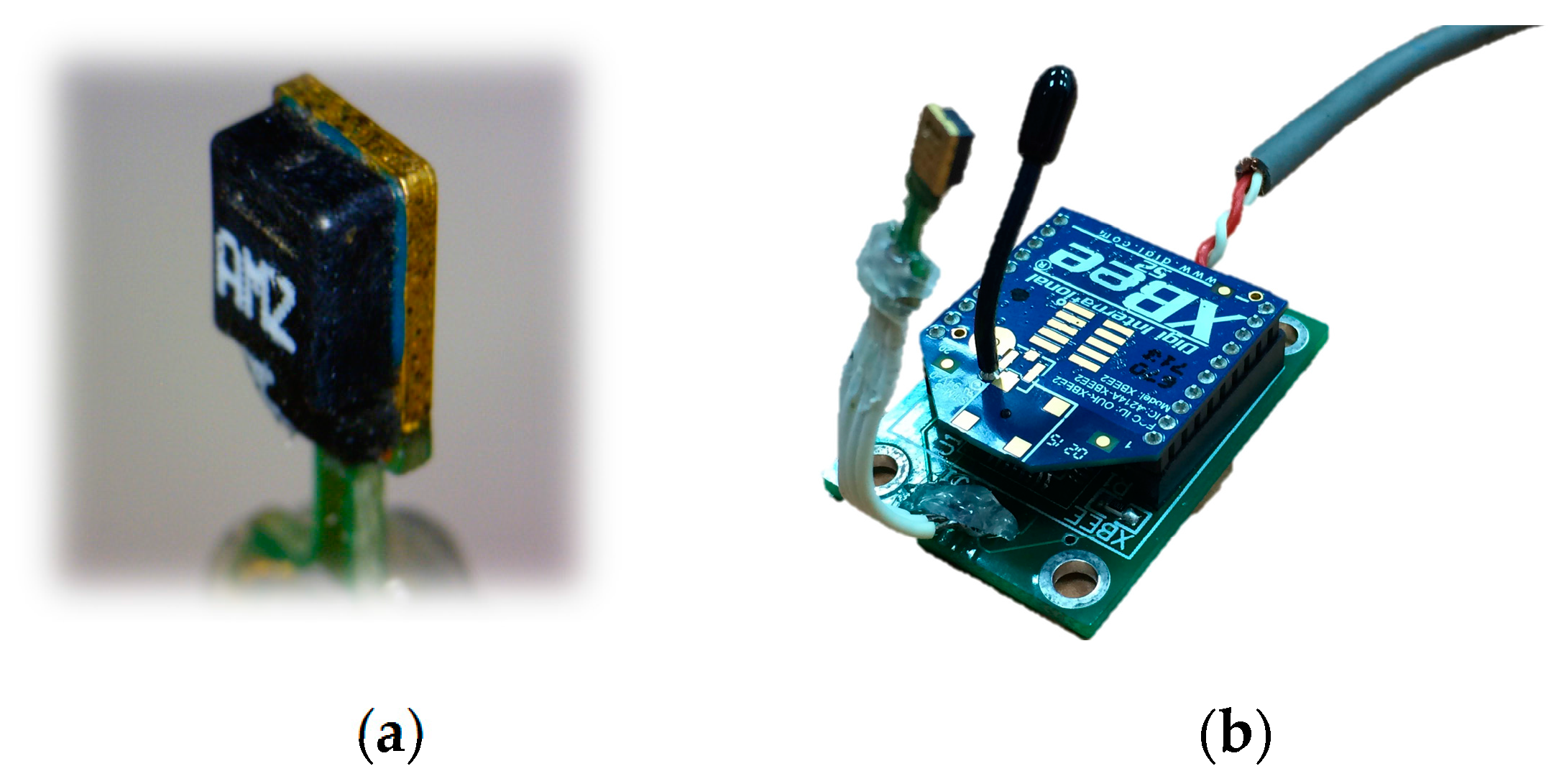

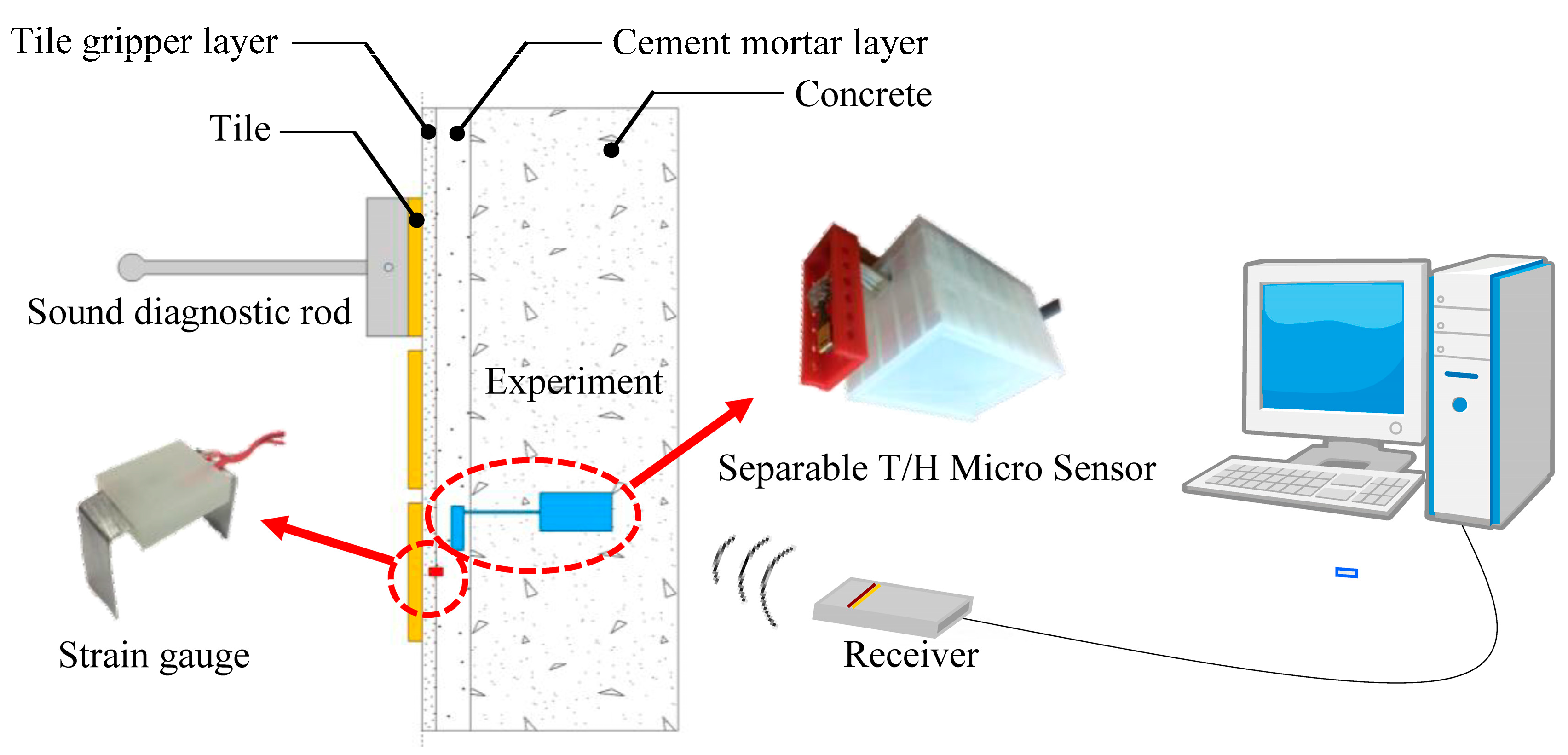
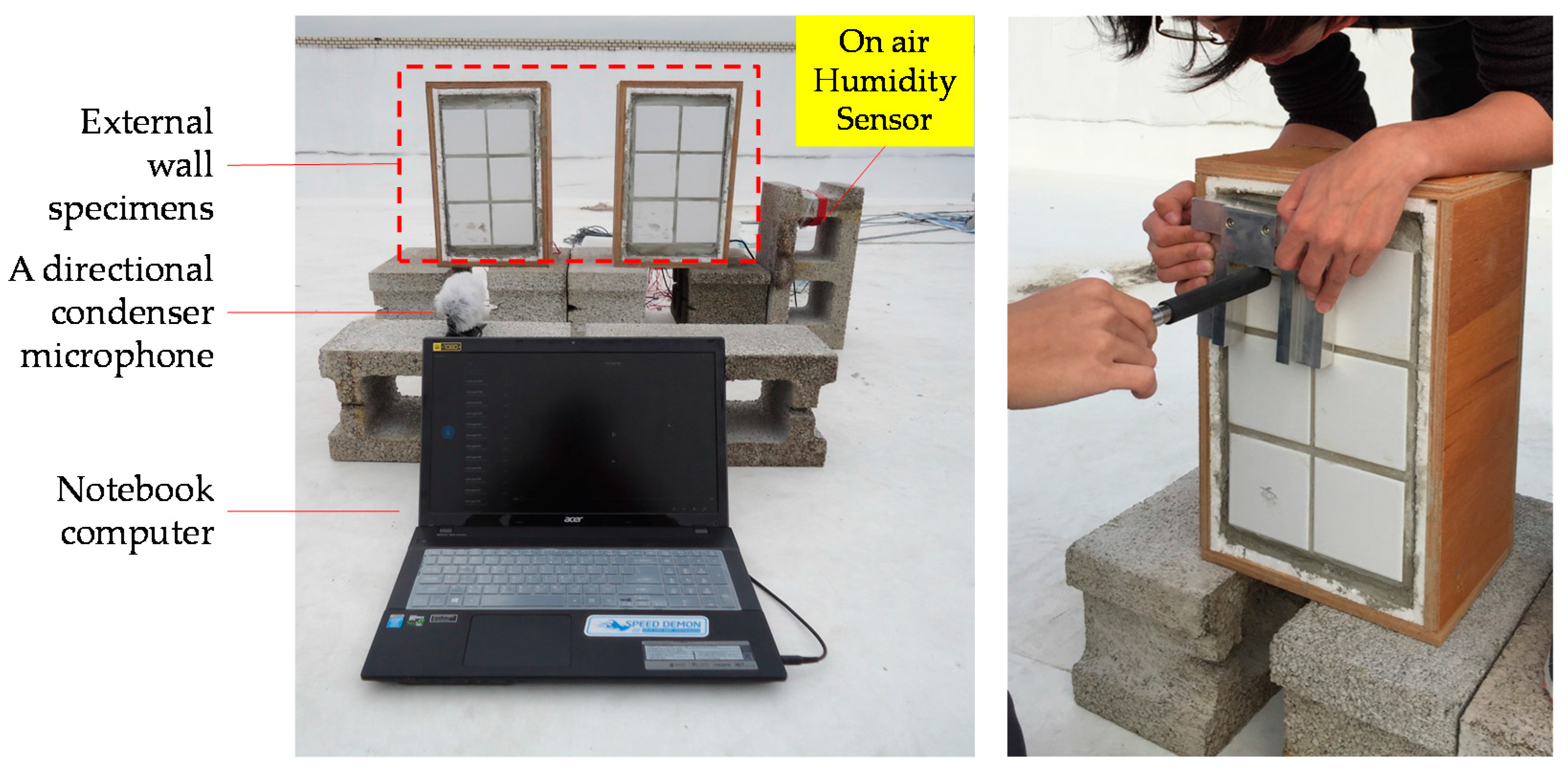
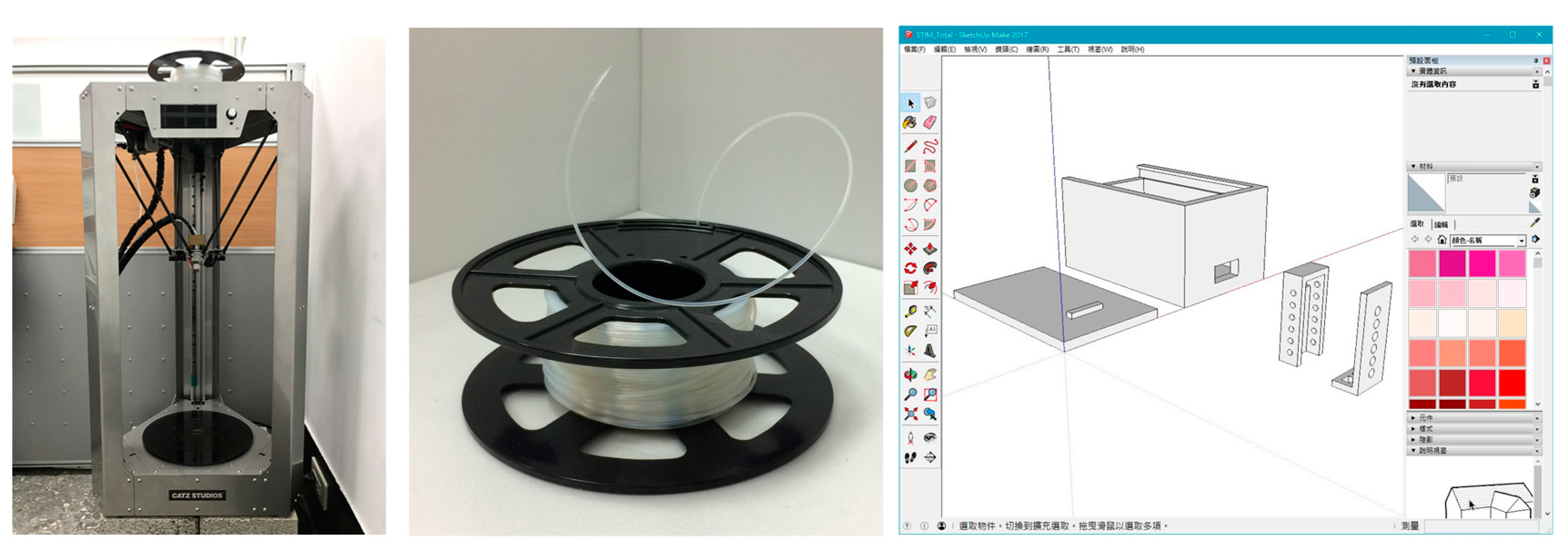
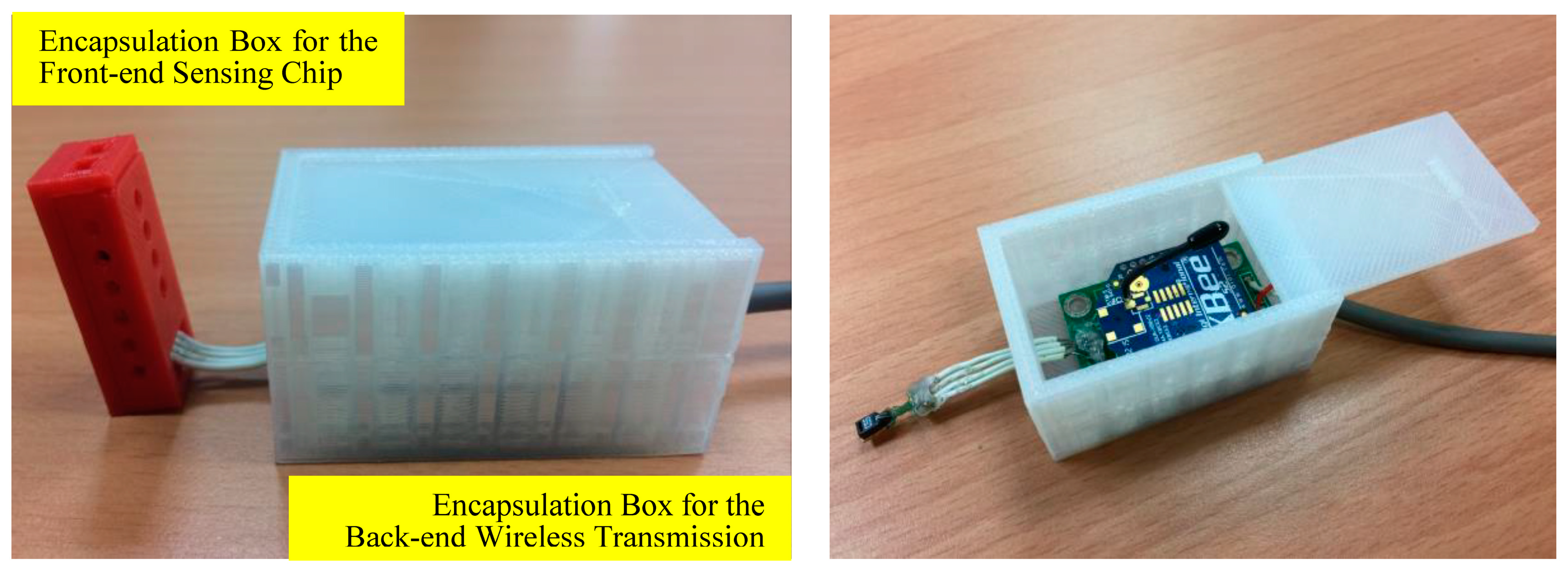
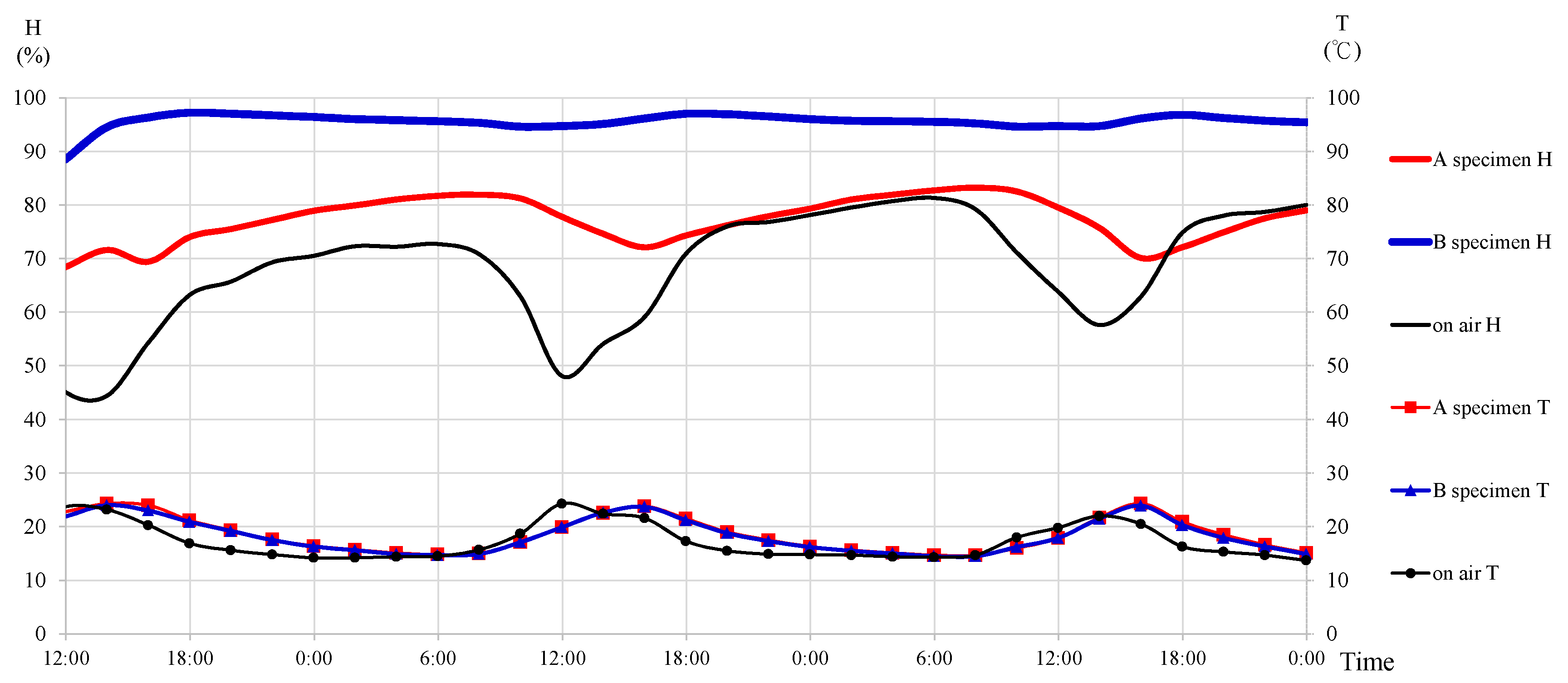
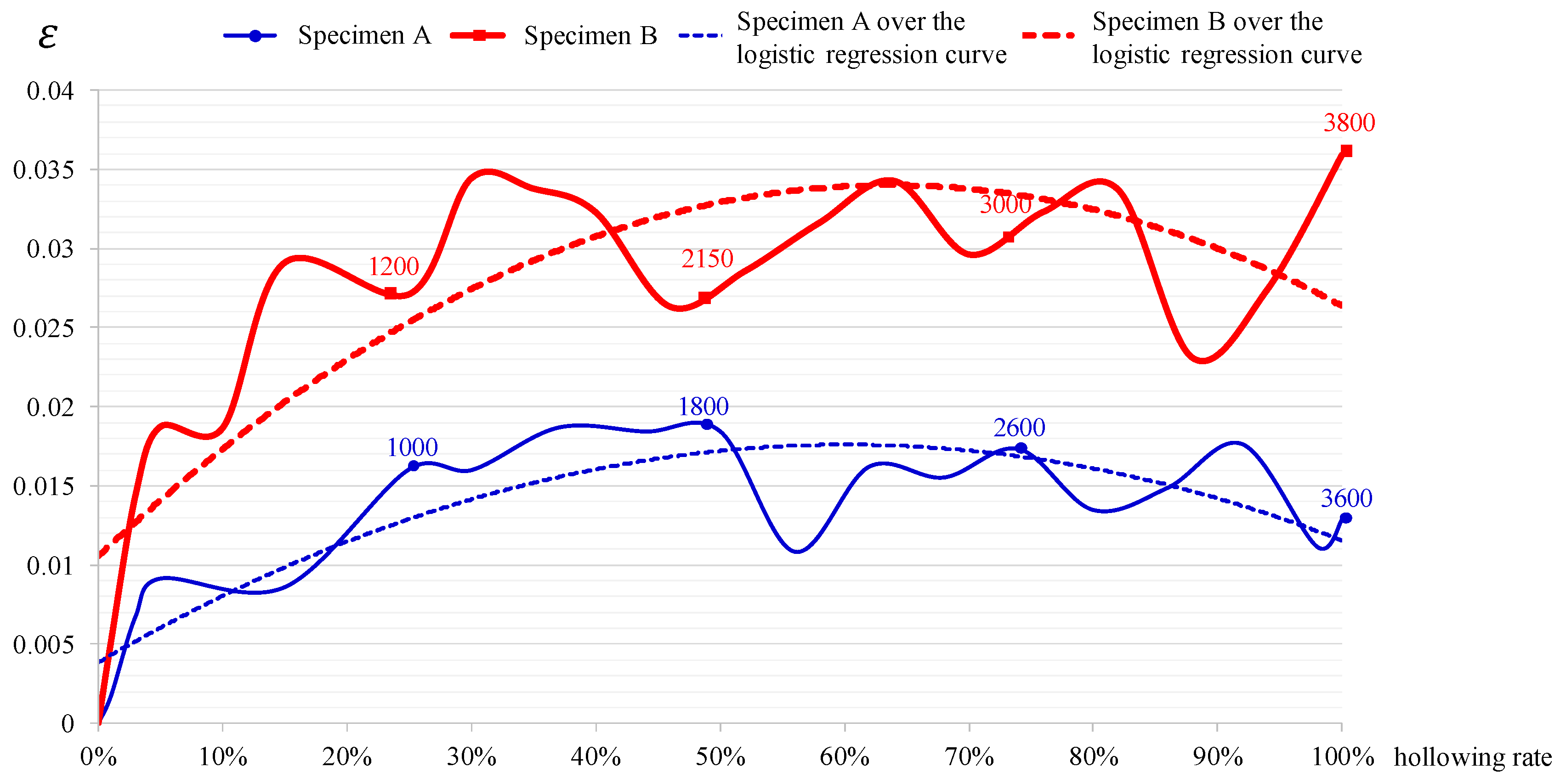
© 2017 by the author. Licensee MDPI, Basel, Switzerland. This article is an open access article distributed under the terms and conditions of the Creative Commons Attribution (CC BY) license (http://creativecommons.org/licenses/by/4.0/).
Share and Cite
Chang, C.-Y. Study on the Correlation between Humidity and Material Strains in Separable Micro Humidity Sensor Design. Sensors 2017, 17, 1066. https://doi.org/10.3390/s17051066
Chang C-Y. Study on the Correlation between Humidity and Material Strains in Separable Micro Humidity Sensor Design. Sensors. 2017; 17(5):1066. https://doi.org/10.3390/s17051066
Chicago/Turabian StyleChang, Chih-Yuan. 2017. "Study on the Correlation between Humidity and Material Strains in Separable Micro Humidity Sensor Design" Sensors 17, no. 5: 1066. https://doi.org/10.3390/s17051066
APA StyleChang, C.-Y. (2017). Study on the Correlation between Humidity and Material Strains in Separable Micro Humidity Sensor Design. Sensors, 17(5), 1066. https://doi.org/10.3390/s17051066




